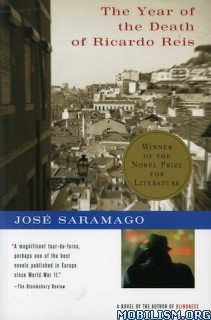19 books by Jose Saramago
Requirements: .ePUB reader, 17.9 Mb
Overview: JOSE DE SOUSA SARAMAGO (1922-2010) was a Portuguese writer, journalist and playwright. He was the recipient of the 1998 Nobel Prize in Literature. The Nobel committee praised his "parables sustained by imagination, compassion and irony", and his "modern skepticism" about official truths. Harold Bloom described Saramago as "the greatest living novelist" and considered him to be "a permanent part of the Western canon", while James Wood praised "the distinctive tone to his fiction . . . because he narrates his novels as if he were someone both wise and ignorant."
Genre: Fiction > Novels & Short Stories > Literature | Non-Fiction > Autobiography, Travel
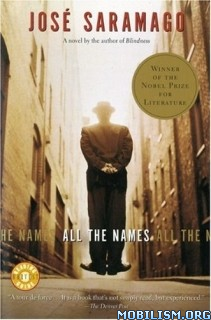
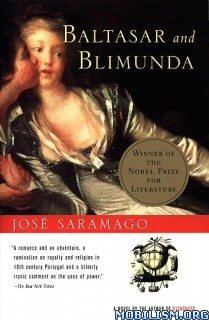
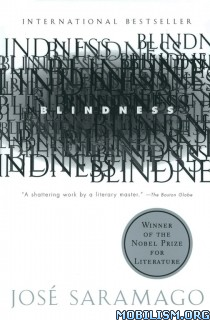
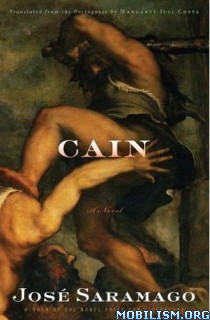
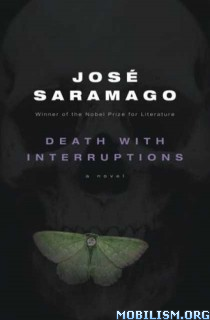


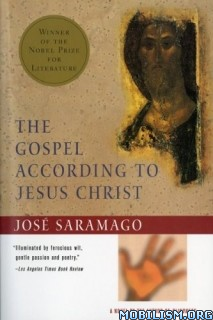

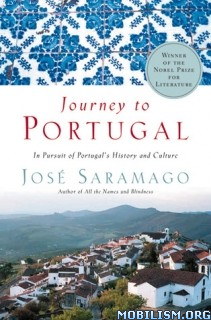
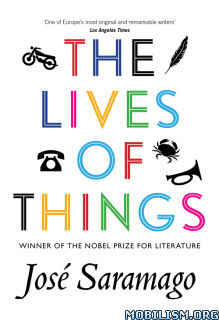
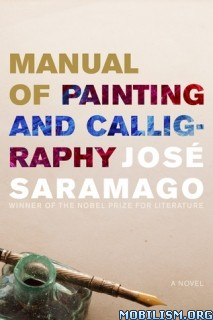
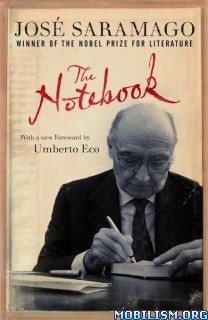
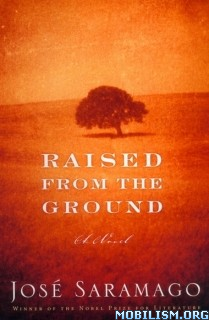

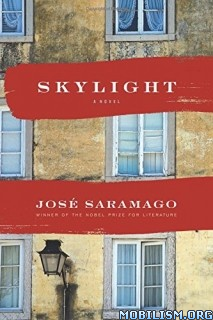
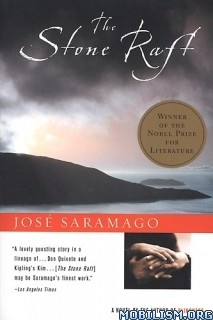
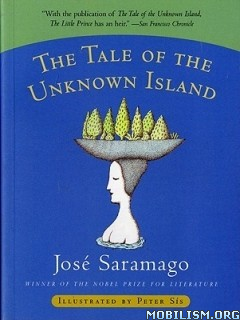
ALL THE NAMES
Senhor José is a low-grade clerk in the city’s Central Registry, where the living and the dead share the same shelf space. A middle-aged bachelor, he has no interest in anything beyond the certificates of birth, marriage, divorce, and death that are his daily routine. But one day, when he comes across the records of an anonymous young woman, something happens to him. Obsessed, Senhor José sets off to follow the thread that may lead him to the woman-but as he gets closer, he discovers more about her, and about himself, than he would ever have wished. The loneliness of people’s lives, the effects of chance, the discovery of love-all coalesce in this extraordinary novel that displays the power and art of José Saramago in brilliant form.
BALTASAR AND BLIMUNDA
A “brilliant…enchanting novel” (New York Times Book Review) of romance, deceit, religion, and magic set in eighteenth-century Portugal at the height of the Inquisition.
BLINDNESS
A city is hit by an epidemic of "white blindness" which spares no one. Authorities confine the blind to an empty mental hospital, but there the criminal element holds everyone captive, stealing food rations and raping women. There is one eyewitness to this nightmare who guides seven strangers-among them a boy with no mother, a girl with dark glasses, a dog of tears-through the barren streets, and the procession becomes as uncanny as the surroundings are harrowing. A magnificent parable of loss and disorientation and a vivid evocation of the horrors of the twentieth century, Blindness has swept the reading public with its powerful portrayal of man’s worst appetites and weaknesses-and man’s ultimately exhilarating spirit.
CAIN
In this, his last novel, José Saramago daringly reimagines the characters and narratives of the Old Testament, recalling his provocative The Gospel According to Jesus Christ. His tale runs from the Garden of Eden, when God realizes he has forgotten to give Adam and Eve the gift of speech, to the moment when Noah’s Ark lands on the dry peak of Ararat. Cain, the despised, the murderer, is Saramago’s protagonist.
DEATH WITH INTERRUPTIONS
On the first day of the new year, no one dies. This of course causes consternation among politicians, religious leaders, morticians, and doctors. Among the general public, on the other hand, there is initially celebration—flags are hung out on balconies, people dance in the streets. They have achieved the great goal of humanity: eternal life. Then reality hits home—families are left to care for the permanently dying, life-insurance policies become meaningless, and funeral parlors are reduced to arranging burials for pet dogs, cats, hamsters, and parrots. Death sits in her chilly apartment, where she lives alone with scythe and filing cabinets, and contemplates her experiment: What if no one ever died again? What if she, death with a small d, became human and were to fall in love?
THE DOUBLE
Tertuliano Máximo Afonso is a divorced, depressed history teacher. To lift his spirits, a colleague suggests he rent a certain video. Tertuliano watches the film, unimpressed. But during the night, when he is awakened by noises in his apartment, he goes into the living room to find that the VCR is replaying the video. He watches in astonishment as a man who looks exactly like him-or, more specifically, exactly like he did five years before, mustachioed and fuller in the face-appears on the screen. He sleeps badly. Against his better judgment, Tertuliano decides to pursue his double. As he roots out the man’s identity, what begins as a whimsical story becomes a "wonderfully twisted meditation on identity and individuality" (The Boston Globe). Saramago displays his remarkable talent in this haunting tale of appearance versus reality.
THE ELEPHANT’S JOURNEY
In 1551, King João III of Portugal gave Archduke Maximilian an unusual wedding present: an elephant named Solomon. In José Saramago’s remarkable and imaginative retelling, Solomon and his keeper, Subhro, begin in dismal conditions, forgotten in a corner of the palace grounds. When it occurs to the king and queen that an elephant would be an appropriate wedding gift, everyone rushes to get them ready: Subhro is given two new suits of clothes and Solomon a long overdue scrub. Accompanied by the Archduke, his new wife, and the royal guard, these unlikely heroes traverse a continent riven by the Reformation and civil wars, witnessed along the way by scholars, historians, and wide-eyed ordinary people as they make their way through the storied cities of northern Italy; they brave the Alps and the terrifying Isarco and Brenner Passes; across the Mediterranean Sea and up the Inn River; and at last, toward their grand entry into the imperial city.
THE GOSPEL ACCORDING TO JESUS CHRIST
A brilliant skeptic, José Saramago envisions the life of Jesus Christ and the story of his Passion as things of this earth: A child crying, the caress of a woman half asleep, the bleat of a goat, a prayer uttered in the grayish morning light. His idea of the Holy Family reflects the real complexities of any family, and—as only Saramago can—he imagines them with tinges of vision, dream, and omen. The result is a deft psychological portrait that moves between poetry and irony, spirituality and irreverence of a savior who is at once the Son of God and a young man. In this provocative, tender novel, the subject of wide critical discussion and wonder, Saramago questions the meaning of God, the foundations of the Church, and human existence itself.
THE HISTORY OF THE SIEGE OF LISBON
In this “ingenious” novel (New York Times) by “one of Europe’s most original and remarkable writers” (Los Angeles Times), a proofreader’s deliberate slip opens the door to romance-and confounds the facts of Portugal’s past.
JOURNEY TO PORTUGAL: In Pursuit of Portugal’s History and Culture
When José Saramago decided to write a book about Portugal, his only desire was that it be unlike all other books on the subject, and in this he has certainly succeeded. Recording the events and observations of a journey across the length and breadth of the country he loves dearly, Saramago brings Portugal to life as only a writer of his brilliance can. Forfeiting the usual sources such as tourist guides and road maps, he scours the country with the eyes and ears of an observer fascinated by the ancient myths and history of his people. Whether it be an inaccessible medieval fortress set on a cliff, a wayside chapel thick with cobwebs, or a grand mansion in the city, the extraordinary places of this land come alive.
THE LIVES OF THINGS: Short Stories
Combining bitter satire, outrageous parody and uncanny hallucinations, this collection of José Saramago’s earliest stories from the beginning of his writing career attests to the novelist’s imaginative power and incomparable skill in elaborating the most extravagant fantasies. Each tale is a wicked, surreal take on life under dictatorship: in ‘Embargo’ a man drives around a city that is slowly running out of petrol; ‘The Chair’ recounts what happens when dictator Salazar falls off his chair and dies; in the Kafkaesque ‘Things’ the life of a civil servant is threatened as objects start to go missing.
MANUAL OF PAINTING & CALLIGRAPHY
Manual of Painting and Calligraphy was José Saramago’s first novel. Written eight years before the critically acclaimed Baltasar and Blimunda, it is a story of self-discovery set against the background of the last years of Salazar’s dictatorship. A struggling young artist, commissioned to paint a portrait of an influential industrialist, learns in the process about himself and the world around him. The brilliant juxtaposition of a passionate love story and the crisis of a nation foreshadows all of Saramago’s major works.
THE NOTEBOOK
Thought-provoking and lyrical, The Notebook records the last year in the life of José Saramago. In these pages, beginning on the eve of the 2008 US presidential election, he evokes life in his beloved city of Lisbon, revisits conversations with friends, and meditates on his favorite authors. Precise observations and moments of arresting significance are rendered with pointillist detail, and together demonstrate an acute understanding of our times. Characteristically critical and uncompromising, Saramago dissects the financial crisis, deplores Israel’s punishment of Gaza, and reflects on the rise of Barack Obama.
RAISED FROM THE GROUND
Raised from the Ground follows the changing fortunes of the Mau Tempo family—poor landless peasants not unlike Saramago’s own grandparents. Set in Alentejo, a southern province of Portugal known for its vast agricultural estates, the novel charts the lives of the Mau Tempos as national and international events rumble on in the background—the coming of the republic in Portugual, the two world wars, and an attempt on the dictator Salazar’s life. Yet nothing really impinges on the grim reality of the farm laborers’ lives until the first communist stirrings. Raised from the Ground is Saramago’s most deeply personal novel, the book in which he found the signature style and voice that distinguishes all of his brilliant works.
SEEING
On election day in the capital, it is raining so hard that no one has bothered to come out to vote. The politicians are growing jittery. Should they reschedule the elections for another day? Around three o’clock, the rain finally stops. Promptly at four, voters rush to the polling stations, as if they had been ordered to appear. But when the ballots are counted, more than 70 percent are blank. The citizens are rebellious. A state of emergency is declared. But are the authorities acting too precipitously? Or even blindly? The word evokes terrible memories of the plague of blindness that hit the city four years before, and of the one woman who kept her sight. Could she be behind the blank ballots? A police superintendent is put on the case.
SKYLIGHT
With his characteristic compassion, depth, and wit, Saramago shows us the quiet contentment of a happy family and the infectious poison of an unhappy one. We see his characters’ most intimate moments as well as the casual encounters particular to neighbors living in close proximity. Skylight is a portrait of ordinary people, painted by a master of the quotidian, a great observer of the immense beauty and profound hardships of the modern world.
THE STONE RAFT
When the Iberian Peninsula breaks free of Europe and begins to drift across the North Atlantic, five people are drawn together on the newly formed island-first by surreal events and then by love. “A splendidly imagined epic voyage…a fabulous fable” (Kirkus Reviews).
THE TALE OF THE UNKNOWN ISLAND
A man went to knock at the king’s door and said, Give me a boat. The king’s house had many other doors, but this was the door for petitions. Since the king spent all his time sitting at the door for favors (favors being offered to the king, you understand), whenever he heard someone knocking at the door for petitions, he would pretend not to hear . . ." Why the petitioner required a boat, where he was bound for, and who volunteered to crew for him, the reader will discover in this delightful fable, a philosophic love story worthy of Swift or Voltaire.
THE YEAR OF THE DEATH OF RICARDO REIS
The year: 1936. Europe dances while an invidious dictator establishes himself in Portugal. The city: Lisbon-gray, colorless, chimerical. Ricardo Reis, a doctor and poet, has just come home after sixteen years in Brazil.
Download Instructions:
http://destyy.com/wVd8l8
http://destyy.com/wVd8zd
